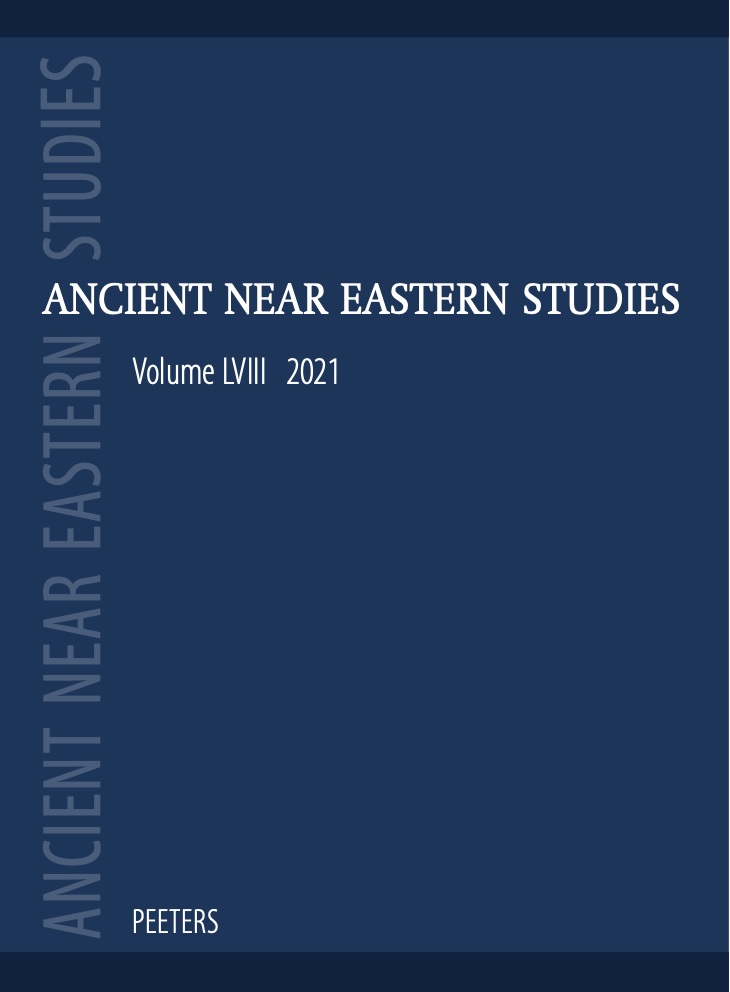 previous article in this issue previous article in this issue | next article in this issue  |

Preview first page |
Document Details : Title: Food, Feasting, and the Roman Adoption of Anatolian Cybele Author(s): KESLINKE, Brigitte Journal: Ancient Near Eastern Studies Volume: 61 Date: 2024 Pages: 603-621 DOI: 10.2143/ANES.61.0.3294048 Abstract : The goddess Cybele first appears in Phrygia in the ninth or eighth centuries BCE, and in the following centuries, her cult spread across the Mediterranean. While it is often difficult to determine precisely when certain communities began to worship Cybele, there is good evidence for the moment at which she was imported, so to speak, by the Romans; in 205 BCE, Roman officials consulted the Sibylline Books and were advised to retrieve the goddess from Anatolia. Although at times her cult was a source of anxiety for the Romans, scholars have generally agreed that it was made palatable to a Roman audience. In this paper, I supplement these studies and evaluate this adoption and assimilation using evidence for essential food-related rituals – dedication, sacrifice, and feasting. For my analysis, I survey a variety of types of later Republican and Imperial material, including representations of the animals and foodstuffs that were dedicated or sacrificed, depictions of the goddess partaking in banquets, and literary references to the activities of her cult. In doing so, I demonstrate that food and feasting played a fundamental role in the way that this Anatolian cult was situated within an existing Roman ritual landscape. |
|


